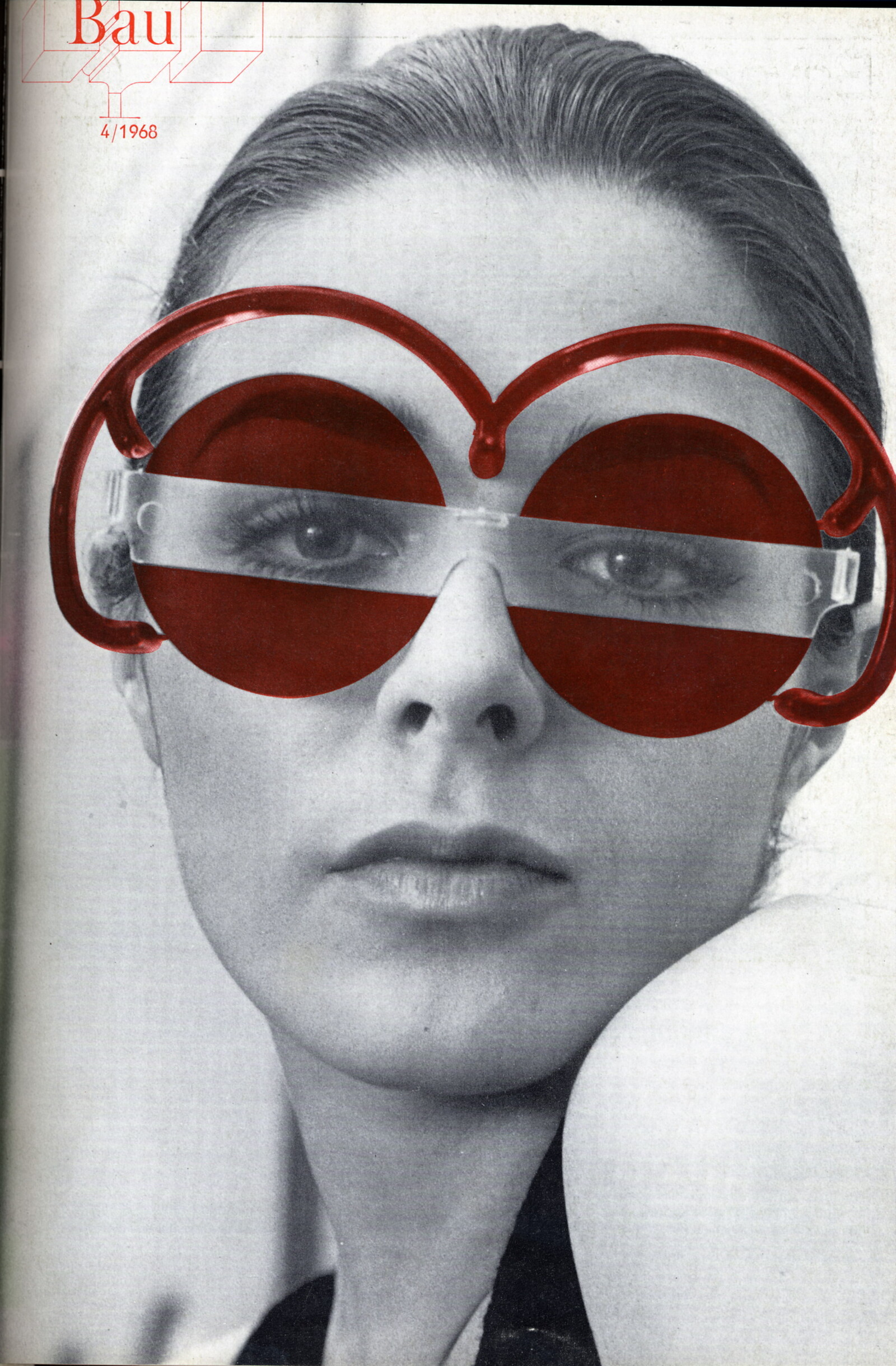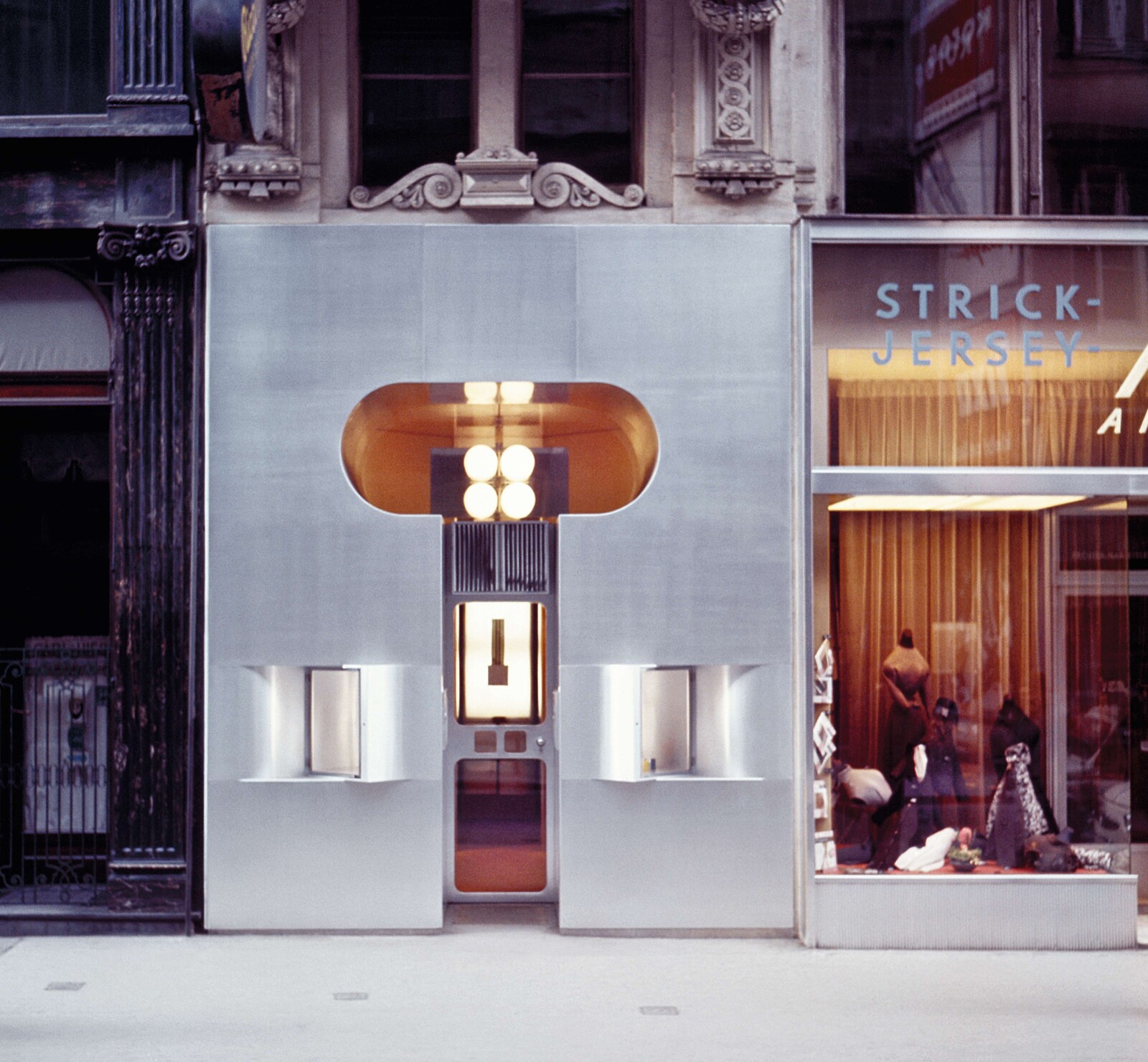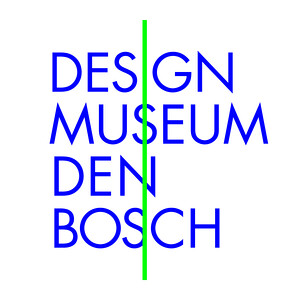April 10–October 3, 2021
In the exhibition Radical Austria – Everything is Architecture, you will discover the mind-expanding, boundary-shifting and socially critical work of the Austrian avant garde in the 1960s and ’70s. Members of this group did not allow themselves to be hemmed in by traditional design disciplines, preferring instead to create buildings, environments, objects, fashion, performances, furniture and even experiences. Radical Austria – Everything is Architecture focuses on recent history with works that are even more topical and relevant today. The exhibition offers the first opportunity ever to experience the specific character of Austria’s contribution to the international post-war avant garde in this way. It includes work by Coop Himmelb(l)au, Haus-Rucker-Co, Zünd-Up, Walter Pichler, Valie Export, Hans Hollein, Angela Hareiter and Raimund Abraham. The exhibition is accompanied by a digital platform, The Third Floor.
“Everything is architecture”
The works, performances, installations, interventions, clothes, furniture, environments and architecture of groups like Coop Himmelb(l)au, Haus-Rucker-Co and Zünd-Up, and of individual designers and artists such as Walter Pichler (1936–2012), Hans Hollein (1934–2014), Raimund Abraham (1933–2010) and Valie Export (1940), are responses to societal and technological developments. Whether optimistically and playfully or ominously and critically, they teased out the consequences of these developments for the future—the one in which we now live. What makes the Austrian avant garde unique is its fascination for the body and the way its designs often extended beyond the drawing board: almost everything was actually executed and can be seen in the exhibition. The designer Hans Hollein argued that ‘everything is architecture’, and with that notion in mind the featured designers gave concrete shape to their world-view in every imaginable discipline, from inflatable habitations to performances, fashion to furniture.
The body: departure and destination point
The human body plays a central role in Radical Austria – Everything is Architecture: as the vehicle of self-expression in performances, the subject of uncompromising experimentation and, not least, the physical departure and destination point of social, technological and spatial developments. We find it, for instance, in the suits and helmets of Coop Himmelb(l)au, wearers of which are exposed to shocking images, smells and pressure. The helmets and furniture designed by Haus-Rucker-Co are an expression of psychedelic mind-expansion, while those of Walter Pichler highlight the chilling and alienating effects of technology. Fashion and design too become battlefields for shifting views of sexuality in the work of Raimund Abraham and Zünd-Up, amongst others. The feminist artist Valie Export commented caustically on the same theme, having men in the street touch her breasts in Tapp-und-Tast Kino.
Precursors
The lack of inhibition combined with analysis made the Austrian avant garde not only one of the most radical of the 1960s and ’70s, but also the forerunner of many of the developments playing out today in the area of internet and media—virtual reality, for instance—and that of Posthumanism, in which human beings are no longer central but are being subsumed into a larger environment, shaped by different technologies. Radical Austria – Everything is Architecture shows how these developments were already being thought about critically in Austria in the 1960s and ’70s and how this came to be reflected in fashion, design and architecture.
Practical information
The exhibition takes place in Design Museum Den Bosch, in the Netherlands. It is on show until October 3, 2021. Book your tickets here. The exhibition is accompanied by a digital platform, The Third Floor, containing articles, videos, podcasts and background information pertaining to themes of the exhibition.
Acknowledgements
This exhibition was made by Bart Lootsma with the assistance of Alexa Baumgartner and Maya Christodoulaki in cooperation with the University of Innsbruck. This exhibition is made possible due to the financial support of the Prins Bernhard Cultuurfonds, the Creative Industries Fund NL, the Austrian Bundesministerium für Kunst, Kultur, öffentlichen Dienst und Sport and Stichting Zabawas.








